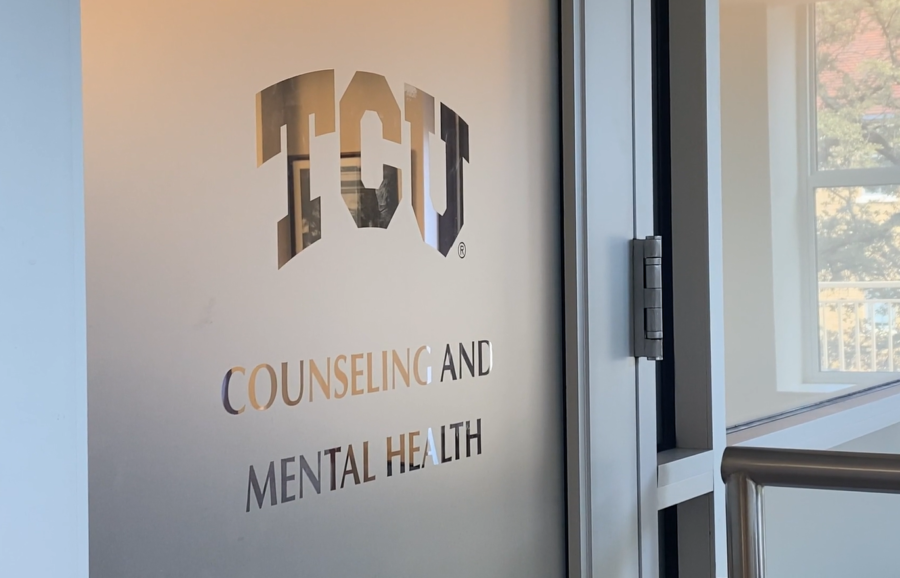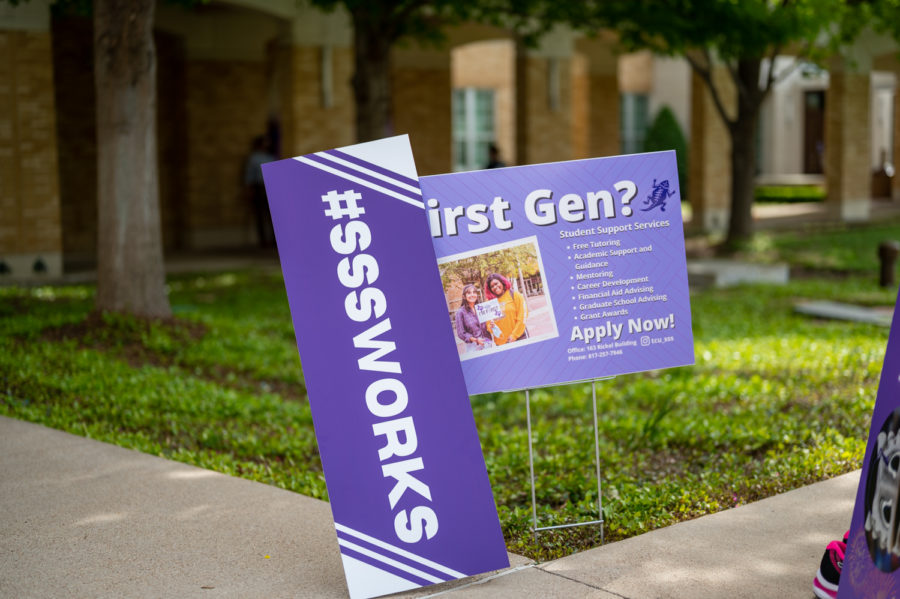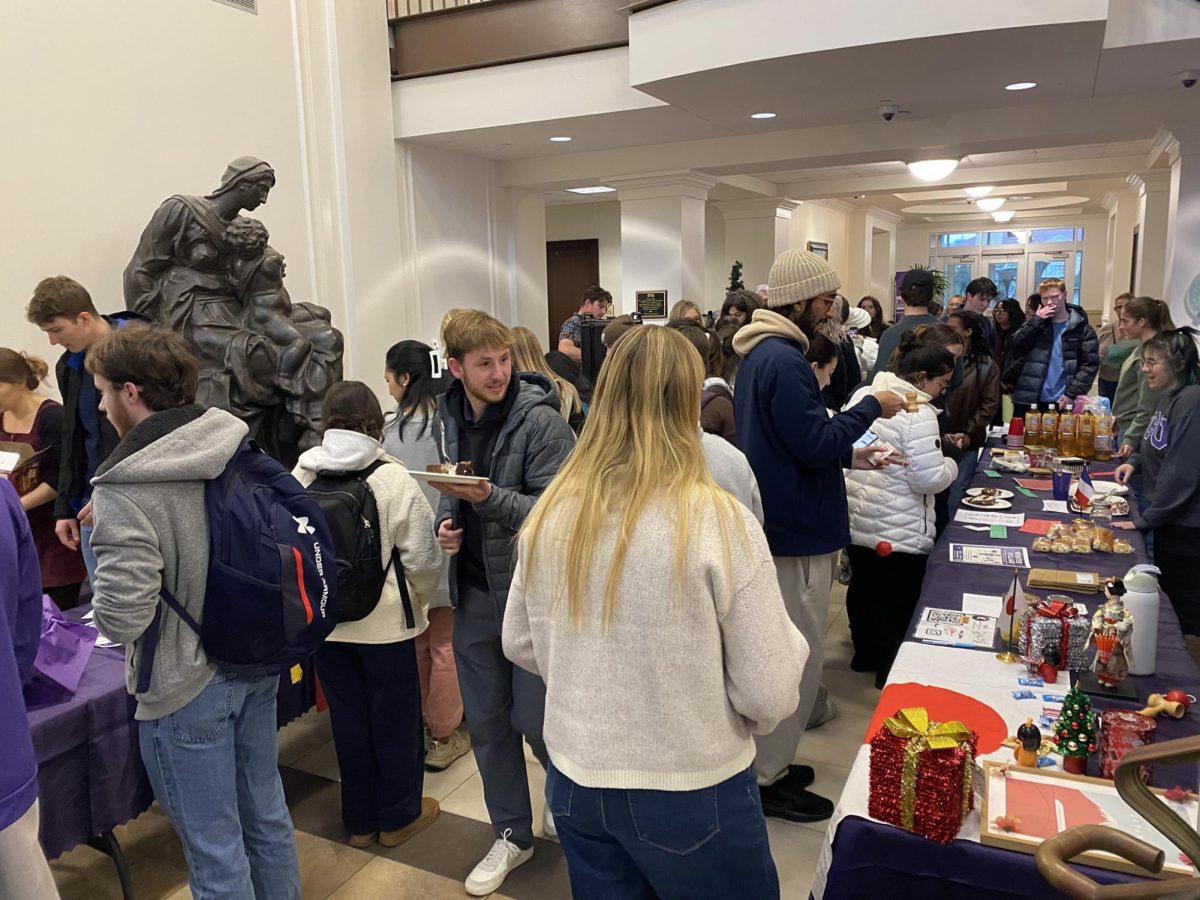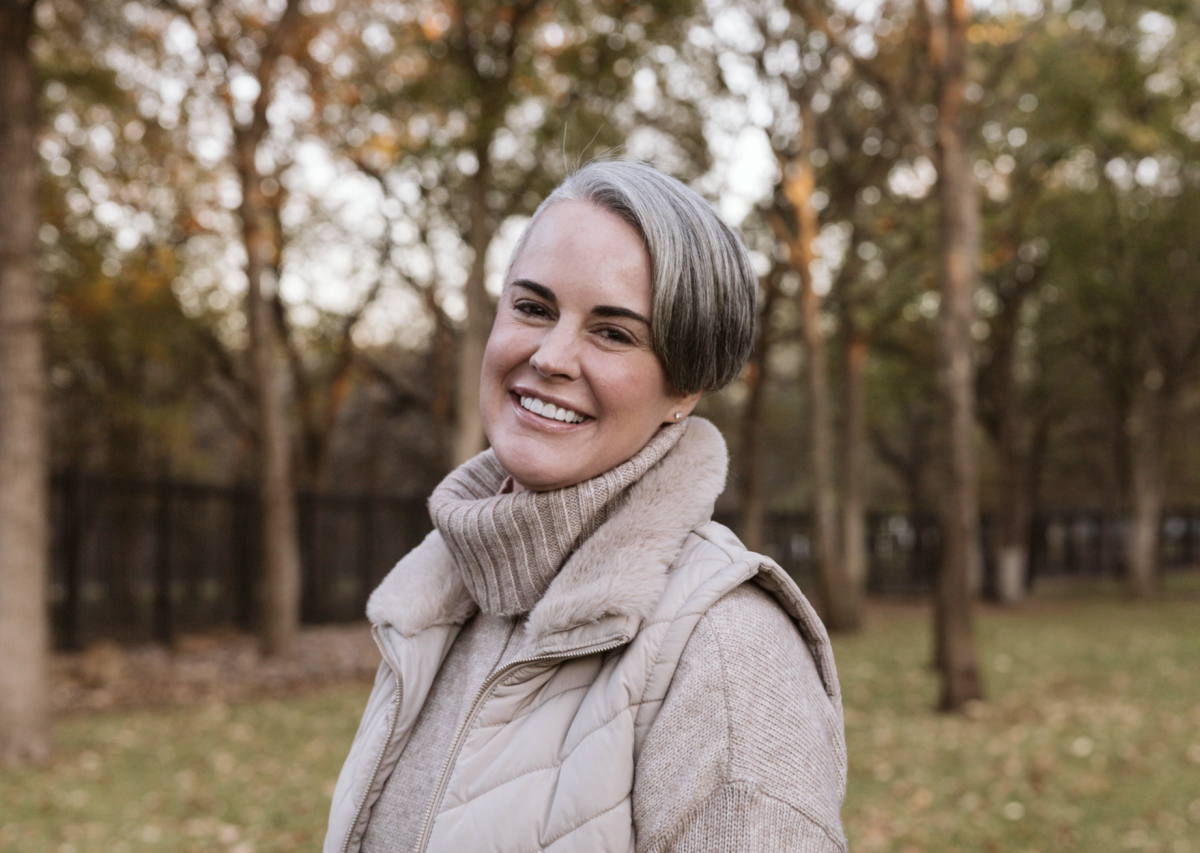Eric Wood, director of Counseling and Mental Health at TCU, believes that mental health is “not a clinical issue but a campus community issue.”
The TCU Counseling Center offers both individual and group counseling. Tuition covers all costs for these services, ensuring accessibility for every student in need of support.
According to Wood, TCU’s counseling model is unique. More than 100 schools nationwide are being trained to replicate aspects of its approach.
“Our triage and crisis counselors don’t carry caseloads but instead focus entirely on students wanting access to our services or experiencing urgent needs,” Wood said.
Beyond clinical care, TCU partners with community providers to bring specialized services on campus. These services foster peer support communities for students to connect with like-minded peers.
Wood emphasized the role of departments such as Campus Wellness, Student Success Coaching and the Office of Religious and Spiritual Life in student well-being.
According to the American Psychological Association, mental health among college students remains a major concern nationally. Post-pandemic symptoms of anxiety and depression remain elevated.
Wood said that TCU mirrors these statistics: “Anxiety is by far the most commonly presented issue from students.”
The 2024–2025 Healthy Minds survey showed that over 30% of college students report experiencing moderate-to-severe symptoms of anxiety, reflecting ongoing mental health challenges in higher education.
Students’ limited availability because of fast-paced academic and digital lifestyles is a growing challenge, Wood said.
“Since the pandemic, we’ve seen a significant rise in students who give us less than four hours a week for scheduling sessions,” Wood said.
To address this, TCU is analyzing data from the past three years related to major, classification and workload.
Wood connected this to the broader “AI and digital evolution,” which may be increasing academic pressure and the need for human connection.

Peer support communities have become a vital response, offering spaces for students to build genuine relationships outside of therapy settings.
Faculty and peers are also key, with 85% of students seeking counseling after being encouraged by someone else.
“Counselors can’t solicit clients — it often takes a friend, professor or coach to help a student take that first step,” Wood said.
Looking ahead, Wood encourages awareness in the next generation of college students — those who were in middle school during the pandemic — as they bring unique emotional experiences to campus life.










